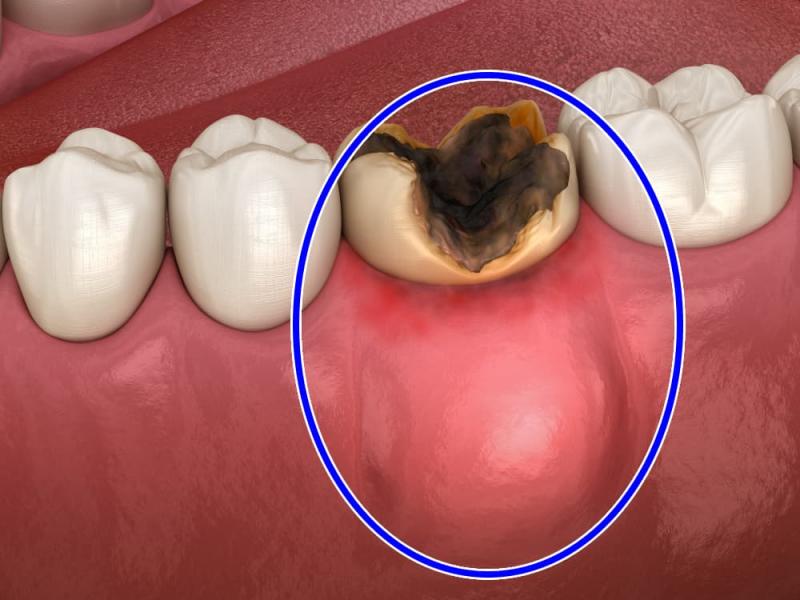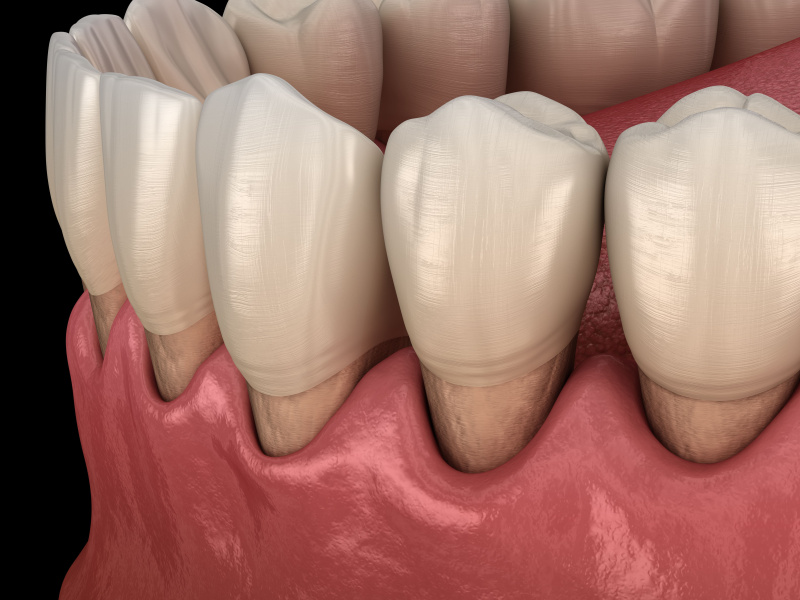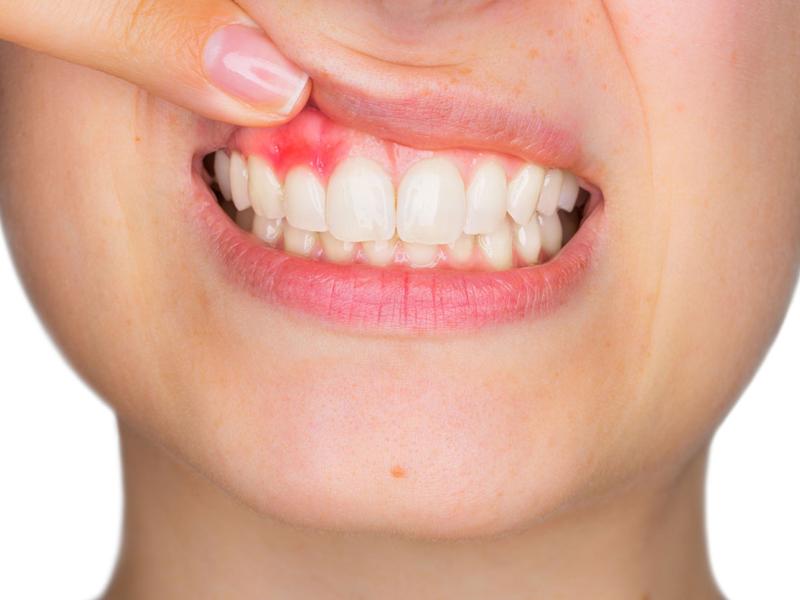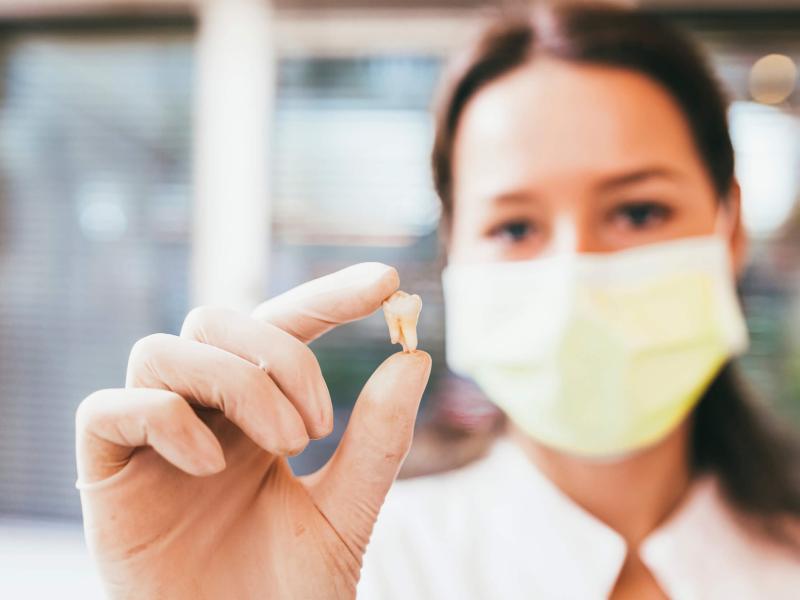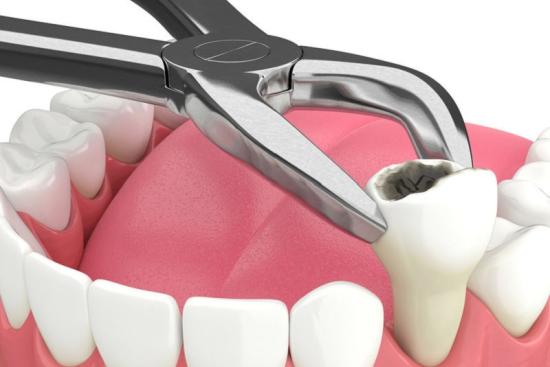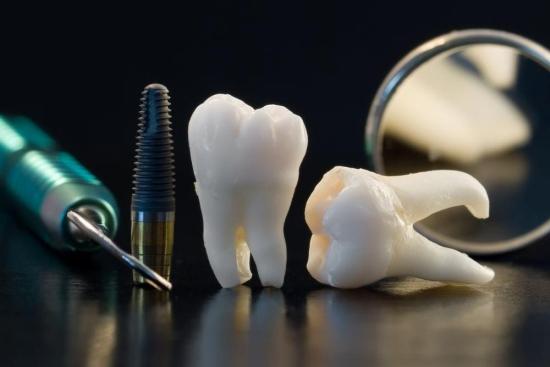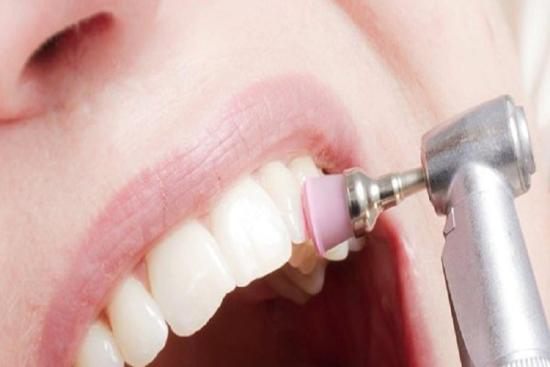What is a dental abscess?
A dental abscess is a bacterial infection due to an accumulation of pus in the gum or teeth.
This infection causes, in most cases, intense and stabbing pains linked simultaneously to a swelling of the gum and a tachycardia.
Redness of the gums and bleeding, accompanied by fever and fatigue, may occur in the patient.
What is the trigger for an abscess?
Once the pulp of the tooth is affected, a germ proliferation is triggered in the affected area, which will develop caries and, in a second stage, an abscess.
A trauma, either an accident or an injury of some kind, can probably be the cause of a dental abscess.
Wisdom tooth infection is another factor triggering abscesses and results from an inflammation of the tissue covering the teeth due to bacteria.
Treatment of an abscessed tooth: When and how?
In order to treat an abscessed tooth, you should consult a dentist as soon as possible, who will give you a treatment that suits your case.
In general, an abscess is treated by drainage, when it is an extensive case, this treatment consists of opening the abscess area in order to get rid of the pus. By keeping the site of infection open with a drain, the doctor has just reduced the swelling by the drainage technique. This medical procedure is usually accompanied by a prescription for painkillers, antibiotics and mouthwash.
In case of pulp necrosis, which is the premature death of the tooth pulp, it is colonized by bacteria, and an abscess results. The treatment in this case is a devitalization of the tooth. The doctor has to remove the rest of the dental pulp, clean the canals located in the root and ends with a root canal filling that tends to seal the canals to avoid a second attack.
Following a dental fracture, an abscess may occur in the mouth. In this case, an extraction of the affected tooth must be performed after an abscess drainage by incision.
Risks associated with a dental abscess
An untreated or poorly treated abscess can lead to several complications such as
- Periodontitis: which is a disintegration of the bone following an infection.
- The loss of the affected tooth
- Infection of the heart or called endocarditis: when bacteria spread to reach the heart
- Brain abscess: when bacteria spread through the veins to attack the brain.
- Ludwig's angina: it can cause suffocation by obstructing of breathing, leading to death.
How to relieve the pain of a dental infection?
An abscessed tooth can spread to other areas such as the ear, jaw and neck if left untreated. Besides antibiotics and emergency treatment by a specialist, there are several precautions that can help ease the pain of an abscess, including :
- The local use of mouthwash
- Application of essential oils such as clove, argan and thyme oil
- Local application of antiseptic gel
- Continue brushing your teeth
- Take a painkiller like paracetamol and avoid taking anti-inflammatory drugs like ibuprofen to avoid aggravating the infection
- Put an ice cube on the painful area.
These precautions do not replace a visit to a dentist, they only weaken the influence of the pain and do not represent a definitive treatment of the abscess.

